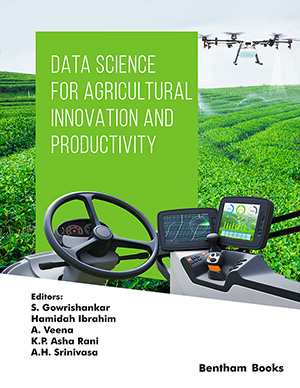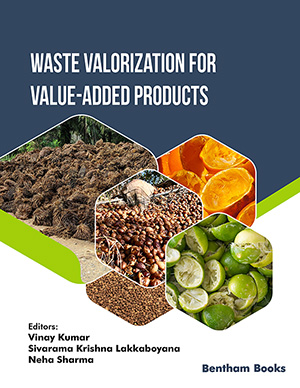Abstract
Aim: This report discusses two medicinal plants, namely Exallage auricularia (L.) Bremek from Rubiaceae family and Gomphostemma ovatum Wall from Lamiaceae family from Ultapani Reserve Forest of Bodoland Territorial Region (BTR) of Assam, India, are recorded, described, and identified based on their morphological characters, taxonomical notes, phenology, and field photos along with map of distribution.
Methods: The local Bodo-tribe of Assam used leaf paste of E. auricularia to cure jaundice and piles and G. ovatum for treatment of different ailments like flu, cough, cold, skin irritations, symptoms of indigestion, jaundice, etc.
Results: Inflorescence - verticillaster inflorescence in leaf axil, 3 to many flowers, 2 to 5 cm long. Flowers are born in opposite cymes, subtended by bracts, easily indistinguishable from leaves, and the arrangement of flowers is congested or lax. Bracts - leaf-like small cluster, subtending cyme, involucral bracts, stellate hairs, large bracteoles exceeding the calyx.
Conclusion: G. ovatum is a perennial plant that can grow up to around 1.5 m tall and has tuber-like roots with infrequent node-level rooting.
Keywords: New species, Medicinal plants, Ultapani reserve forest, Specimen, Exallage auricularia, Gomphostemma ovatum.
[http://dx.doi.org/10.2307/3647351]
[http://dx.doi.org/10.1016/j.ympev.2013.01.006] [PMID: 23333437]
[http://dx.doi.org/10.12705/642.8]
[http://dx.doi.org/10.24823/EJB.2021.387]
[http://dx.doi.org/10.1007/s12225-021-09991-y]
[http://dx.doi.org/10.1016/j.bse.2014.08.019]
[http://dx.doi.org/10.3767/blumea.2022.67.01.07]































